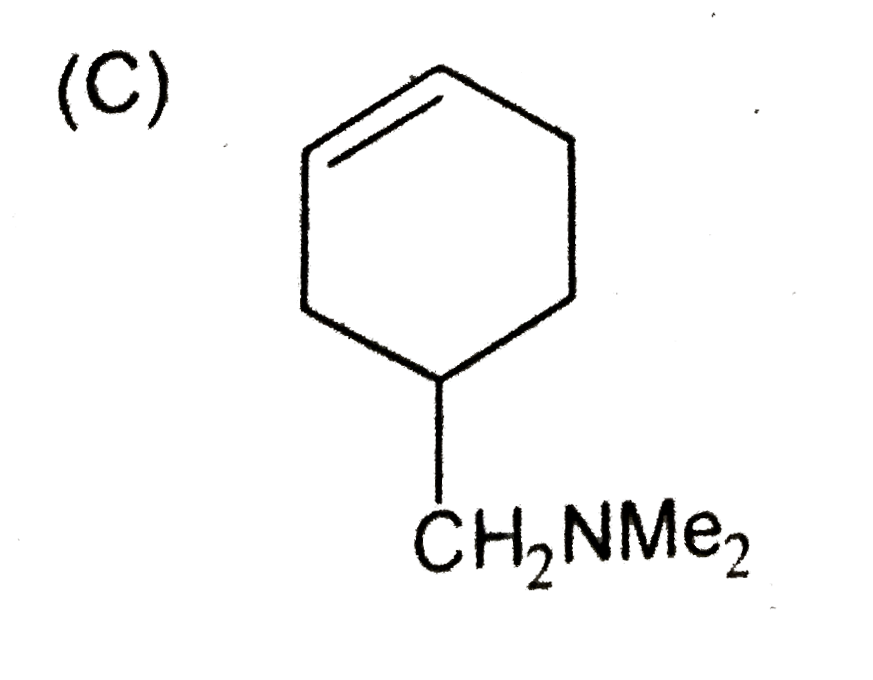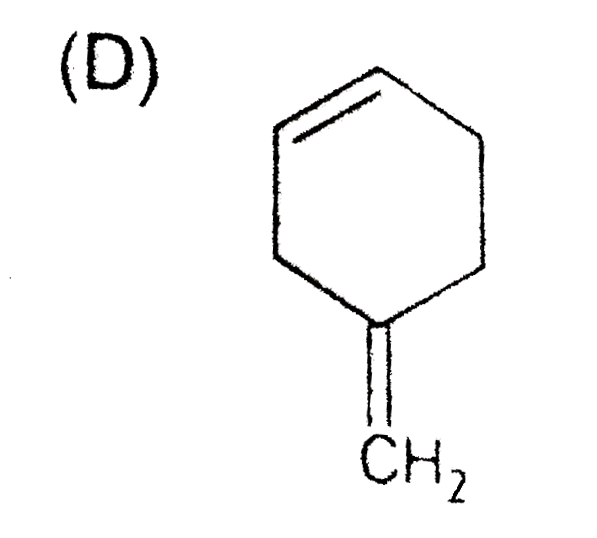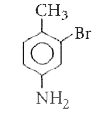Following are given sequences of mRNA Identify the one that will not undergo complete translation.
5 ' AUG UUC AGC UCG UGA 3'
5' AUG CCA UAC GAC UAG 3'
5 ' AUG UUA CUC GCG UAA 3'
5' AUG AAC UAA CCA CUC 3'
The correct Answer is:D
To solve the question of which mRNA sequence will not undergo complete translation, we will analyze each given sequence for the presence of stop codons. Stop codons are specific sequences that signal the termination of translation, and they include UAG, UAA, and UGA.
1. Understand the Concept of Codons:
- Codons are sequences of three nucleotides on mRNA that correspond to specific amino acids. There are 64 possible codons, out of which 61 code for amino acids and 3 are stop codons (UAG, UAA, UGA).
2. Identify Stop Codons:
- The stop codons are UAG, UAA, and UGA. If any of these codons appear in the middle of an mRNA sequence, translation will terminate prematurely.
3. Analyze Each mRNA Sequence:
- Option A: AUG, UUC, AGC, UCG, UGA
- The sequence ends with UGA, which is a stop codon. However, since it is at the end, translation can still occur completely before reaching this codon.
- Option B: AUG, CCA, UAC, GAC, UAG
- The sequence ends with UAG, which is a stop codon. Similar to Option A, translation can occur completely before reaching this codon.
- Option C: AUG, UUA, CUC, GCG, UAA
- The sequence ends with UAA, which is a stop codon. Again, translation can occur completely before reaching this codon.
- Option D: AUG, AAC, UAA, CCA, CUC
- The sequence contains UAA in the middle. This is a stop codon, and since it appears in the middle of the sequence, translation will terminate at this point, resulting in incomplete translation.
4. Conclusion:
- The sequence that will not undergo complete translation is Option D: AUG, AAC, UAA, CCA, CUC.
Final Answer:
Option D: AUG, AAC, UAA, CCA, CUC will not undergo complete translation.
- Codons are sequences of three nucleotides on mRNA that correspond to specific amino acids. There are 64 possible codons, out of which 61 code for amino acids and 3 are stop codons (UAG, UAA, UGA).
- The stop codons are UAG, UAA, and UGA. If any of these codons appear in the middle of an mRNA sequence, translation will terminate prematurely.
- Option A: AUG, UUC, AGC, UCG, UGA
- The sequence ends with UGA, which is a stop codon. However, since it is at the end, translation can still occur completely before reaching this codon.
- Option B: AUG, CCA, UAC, GAC, UAG
- The sequence ends with UAG, which is a stop codon. Similar to Option A, translation can occur completely before reaching this codon.
- The sequence ends with UAA, which is a stop codon. Again, translation can occur completely before reaching this codon.
- The sequence contains UAA in the middle. This is a stop codon, and since it appears in the middle of the sequence, translation will terminate at this point, resulting in incomplete translation.
- The sequence that will not undergo complete translation is Option D: AUG, AAC, UAA, CCA, CUC.
Option D: AUG, AAC, UAA, CCA, CUC will not undergo complete translation.
Topper's Solved these Questions
Similar Questions
Find the sequence of blinding of the following amono acyl-tRNA complexes during translation of an mRNA transcribed by DNA segment having the base sequence 3' TACATGGGTCCG 5'. Choose the answer showing the correct order of alphabets.

View SolutionIdentify 'Z' in the given sequence of reaction

View Solution
Knowledge Check

Identify the product in the following sequence of reaction?A B
B C
C D
D
Find the sequence of binding of the following amino acyltRNA complexes during translation to a mRNA transcribed by a DNA segment having the base seqeucne 3' TACATGGGTCCG5'

Choose the right answer in which the correct order of alphabets is showingAb,a,c,dBa,b,d,cCb,a,c,dDa,b,c,dIdentify X in the given reaction sequence.
 A
A B
B C
C D
D
Assertion : Untranslated regions are sequences of RNA before initiation codon and after termination codon.
Reason : Untranslated regions provide stability to mRNA and also increase translational efficiency.
View SolutionIdentify X in the sequence given below:

View SolutionIdentify 'Z' in the given sequence of reaction .

View SolutionIdentify X and Y in the given sequence.

View SolutionIdentify 'M' in the following sequence of reactions:

View Solution
